Armed and dangerous: US cops get army's unwanted weapons
Mine-resistant vehicles, combat helicopters and M16 rifles now in hands of increasingly paramilitary police
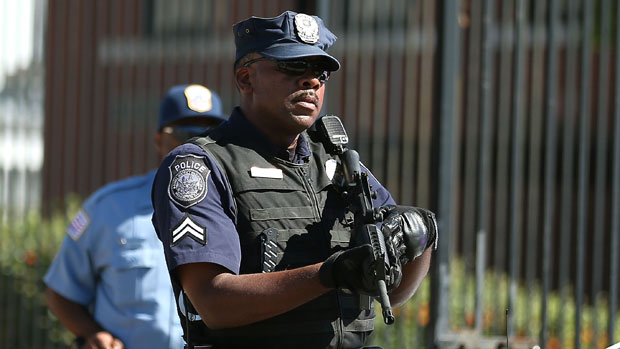
Rough justice has always been the American way, celebrated in Frontier mythology and perpetuated in the 21st Century by the fad for “gun rights” and “stand your ground” laws, and by the arsenal of billy-clubs, tazers and pistols dangling from every policeman’s belt.
But a dozen years after 9/11 and the declaration of the “war on terror” a new fear is surfacing: America’s police are becoming paramilitary forces.
Civil liberties organisations have been warning of an increase in reported police violence and of the rise of the SWAT team and the riot squad, heavily armed phalanxes with faces hidden by protective gear, taking the place of uniformed cops wherever doors need knocking on or crowds gather.
The Week
Escape your echo chamber. Get the facts behind the news, plus analysis from multiple perspectives.

Sign up for The Week's Free Newsletters
From our morning news briefing to a weekly Good News Newsletter, get the best of The Week delivered directly to your inbox.
From our morning news briefing to a weekly Good News Newsletter, get the best of The Week delivered directly to your inbox.
A case in point: SWAT teams were used to “bust” a string of barber shops, still very much a part of black community life, in an operation which issued tickets for “unlicensed barbering”.
Now it has emerged that police forces are literally arming themselves for war with weaponry no longer needed by the US military. At first, it was local newspapers that began to wonder why armoured personnel carriers equipped with machine guns where turning up in Town Hall garages alongside patrol cars and snow ploughs.
Then the New York Times sent out reporters to put together a national picture, and this is what they found:
Since 2006, the “military surplus” equipment handed out to civilian police forces under a law passed by Congress in 1994 includes 432 mine-resistant armoured protected armoured vehicles (MRAPs) designed for the streets of Iraq; 435 other armored vehicles including HumVees and trucks; 44,900 night vision binoculars and gun sights; 533 aircraft, mostly combat helicopters; 93,763 machine guns and M16 rifles; and 180,718 magazines for the M16 holding up to 100 rounds each.
A free daily email with the biggest news stories of the day – and the best features from TheWeek.com
What do they want it all for?
“The United States of America has become a war zone,” Sheriff Doug Cox of Johnson County told the Indianapolis Star. “There’s violence in the workplace, there’s violence in schools and there’s violence in the streets.
"You are seeing police departments going to a semi-military format because of the threats we have to counteract. If driving a military vehicle is going to protect officers, then that’s what I’m going to do.”
He does have a point. Only on Sunday in Las Vegas, Jerad and Amanda Miller, now dubbed the 'Bonnie and Clyde' of the far right Patriot militia movement, shot dead two policemen as they were eating lunch, before shooting a WalMart employee and then themselves.
Gun control advocates would have a great deal to say about this cycle of violence. The police, however, have joined the arms race with enthusiasm.
“In South Carolina,” writes the Times, “the Richland County Sheriff’s Department website features its SWAT team, dressed in black with guns drawn, flanking an armoured vehicle that looks like a tank and has a mounted .50 caliber gun. Captain Chris Cowan, a department spokesman, said the vehicle ‘allows the department to stay in step with the criminals who are arming themselves more heavily every day’.”
Bonkers.
About 100 police officers a year die on duty: last year the figure recorded by the Officer Down Memorial Page website was 105, four of them female.
Of these, 30 died by gunfire, with an additional two by “accidental gunfire”. Two were stabbed. Five died by “vehicular assault”. One died from a bomb. But more died indirectly than directly as a result of criminal violence: ten died of heart attacks, 25 in car accidents, four in motorcycle accidents, and so on.
On the other side of the cycle of violence, the police kill about 500 civilians a year, some by beating, most by gunshot. And there are thousands of complaints of police brutality.
Here’s an entry from the latest of the daily logs compiled by the Cato Institute think tank in a new National Police Misconduct Project, one of 22 for last Friday: “Dallas, Texas: A man has alleged in a federal lawsuit that an officer intentionally took him out of view of a dash cam and beat him for no apparent reason.”
Very few “misconduct” allegations result in disciplinary action. The New York case last month of the 'Occupy Wall Street' protester Cecily McMillan, jailed for three months for “assaulting” a policeman who she claimed had grabbed her breast while manhandling her, has left many wondering whether the police have been given a carte blanche.
Oddly, there is no national ledger of deaths at the hands of police. The FBI collects and collates crime statistics nationally and state by state, but does not offer figures of police killings.
“Why? Because police kill a lot more people than we think,” says Jim Fisher, a crime writer who runs the True Crime website.
He has been collecting statistics as best he can from each police district, and his latest figures are for 2011: police shot 1,146 and killed 607. California is the most dangerous state in which to have a confrontation with a policeman.
“The fact that police officers feel they are increasingly under attack from the public,” Fisher writes, “may help explain why they are shooting so many citizens.”
The Cato Institute points to a dark irony in the police arming themselves with tanks: among the threats they say they face is that of angry, mentally damaged veterans coming home from their wars on terror along with their surplus equipment.
Blowback?
-
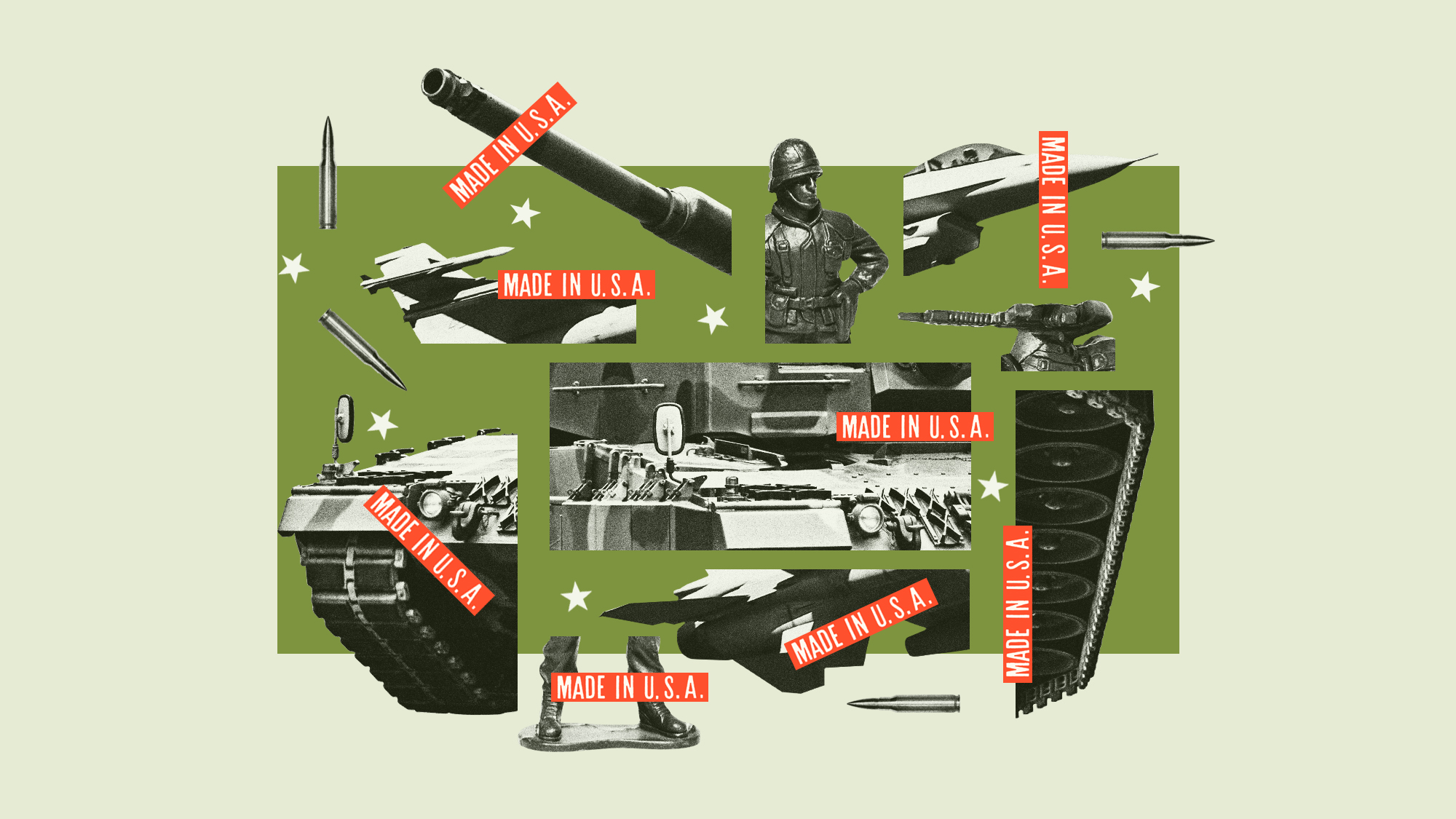 Is Europe's defence too reliant on the US?
Is Europe's defence too reliant on the US?Today's Big Question As the UK and EU plan to 're-arm', how easy will it be to disentangle from US equipment and support?
-
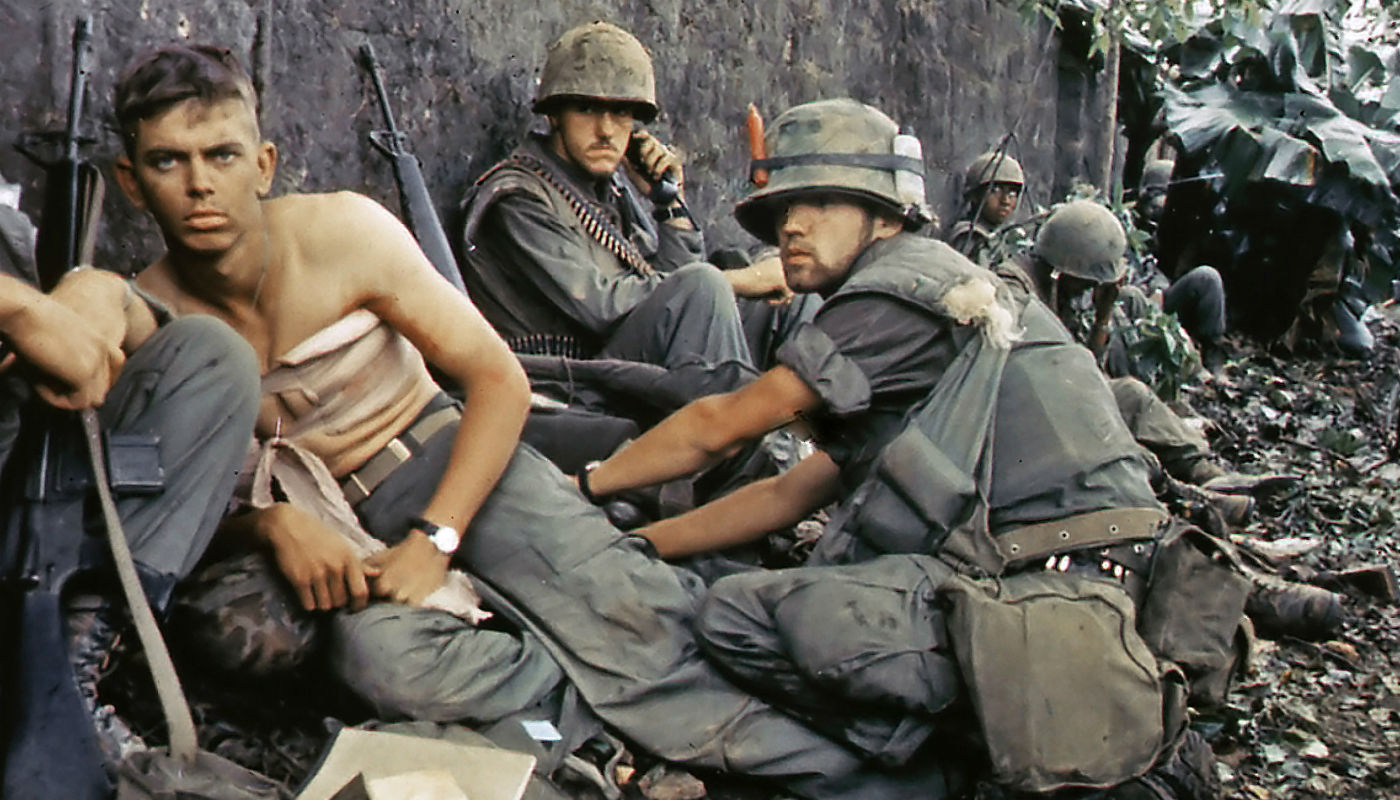 How US involvement in Vietnam War influenced foreign policy decisions for 50 years
How US involvement in Vietnam War influenced foreign policy decisions for 50 yearsfeature Lessons from the Vietnam War remain prism through which US views armed conflicts
-
 ‘Squid teeth’ could be used by US army for ‘self-repairing’ robots
‘Squid teeth’ could be used by US army for ‘self-repairing’ robotsSpeed Read Military scientists hope cephalopods could also be the secret to building ‘self-fixing’ uniforms
-
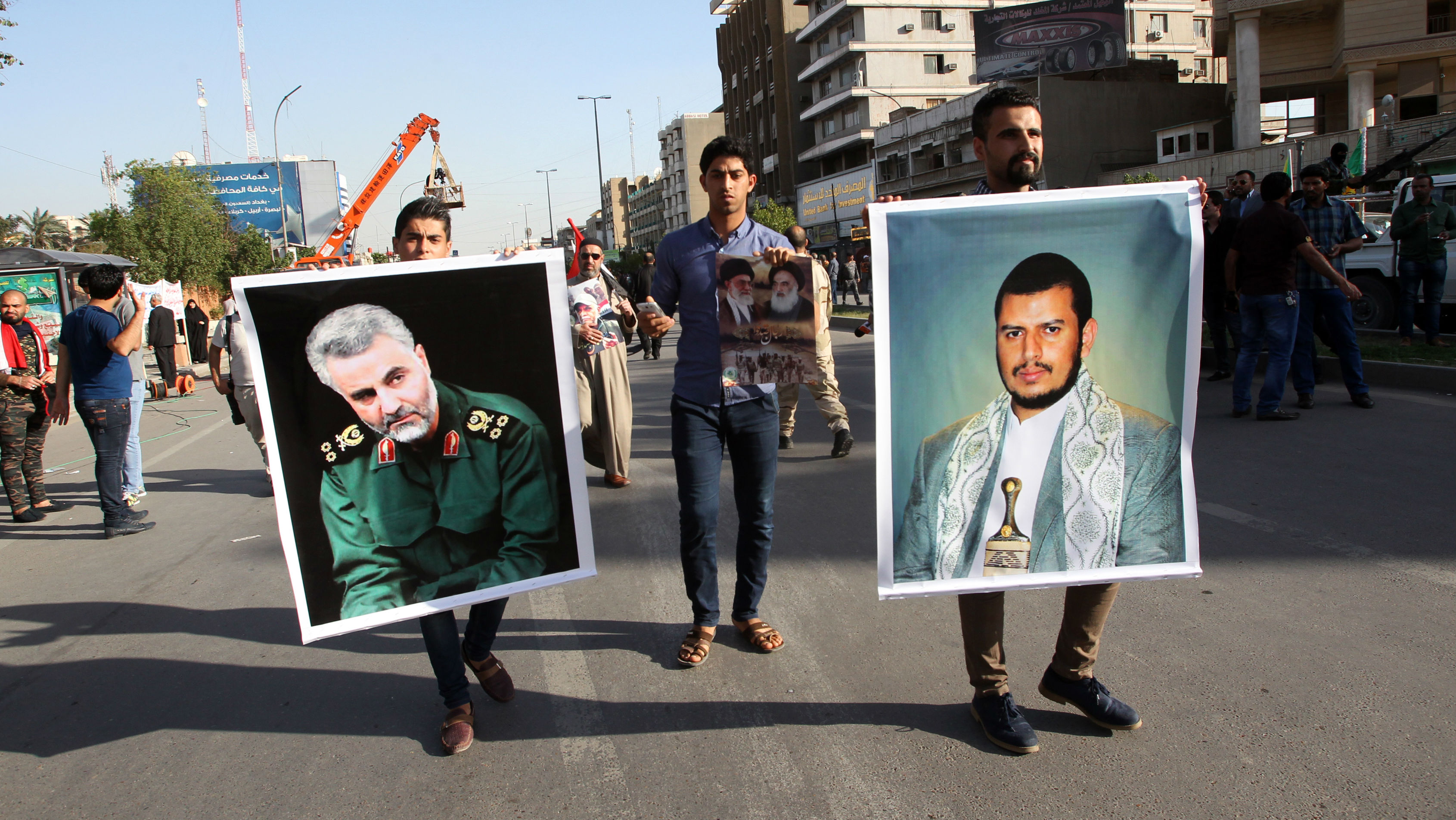 ‘Eclipses the death of Bin Laden’: reaction to US killing of top Iranian general
‘Eclipses the death of Bin Laden’: reaction to US killing of top Iranian generalIn Depth Death of Qasem Soleimani ‘one of biggest developments in the Middle East for decades’
-
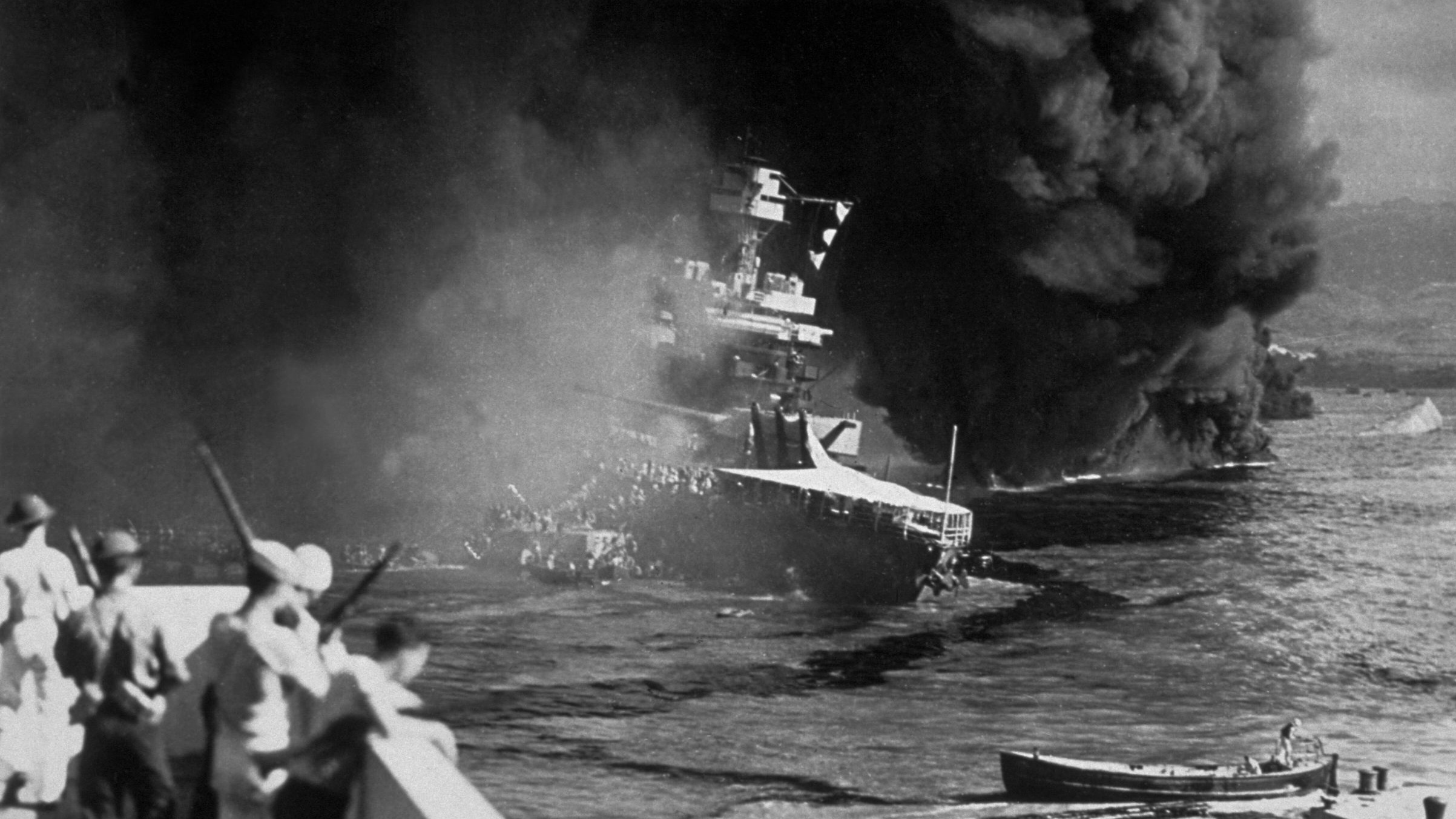 Pearl Harbor shooting adds to tragic history of US military base
Pearl Harbor shooting adds to tragic history of US military baseIn Depth Japan’s WWII attack on Hawaii was 78 years ago this week
-
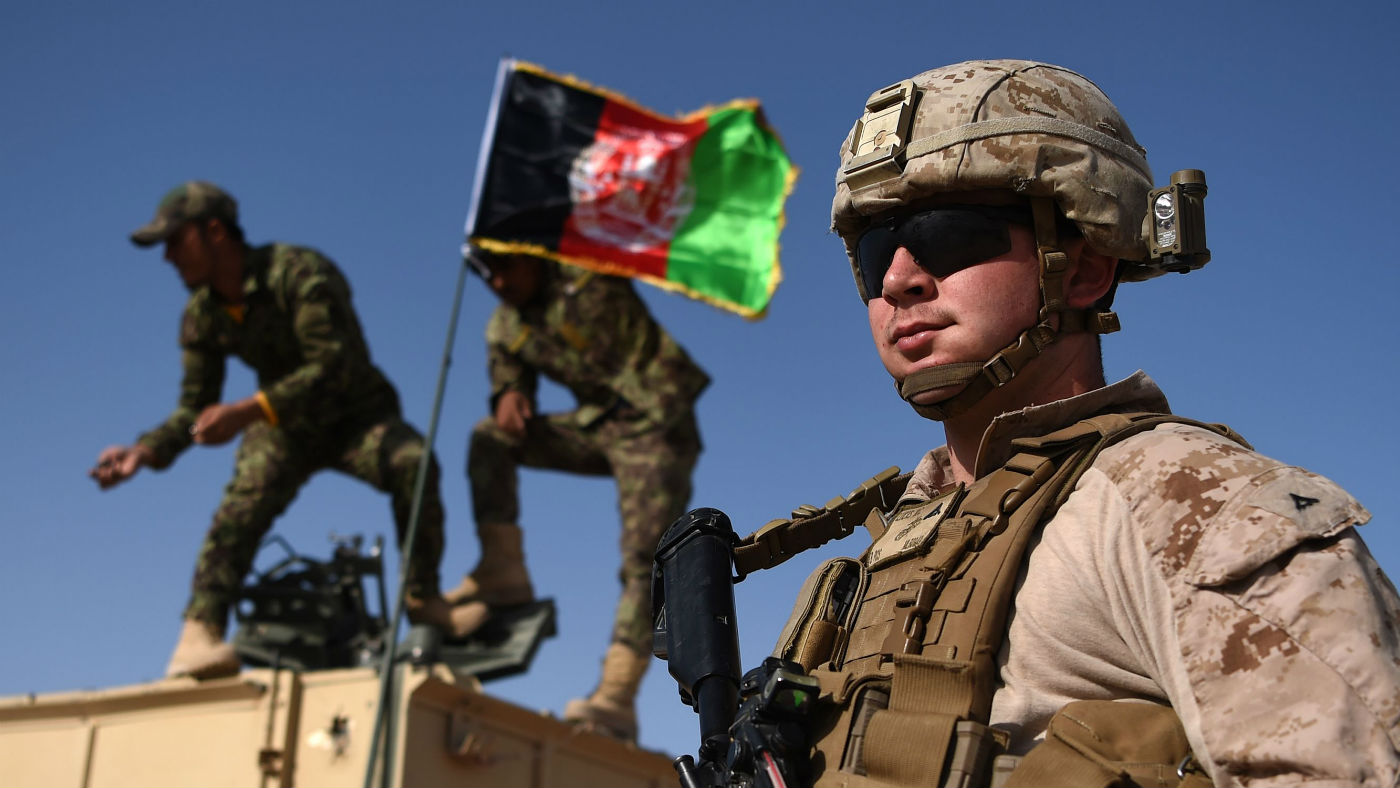 What does ‘winning’ in Afghanistan look like?
What does ‘winning’ in Afghanistan look like?Speed Read How US strategy has slowly shifted in face of growing Taliban confidence
-
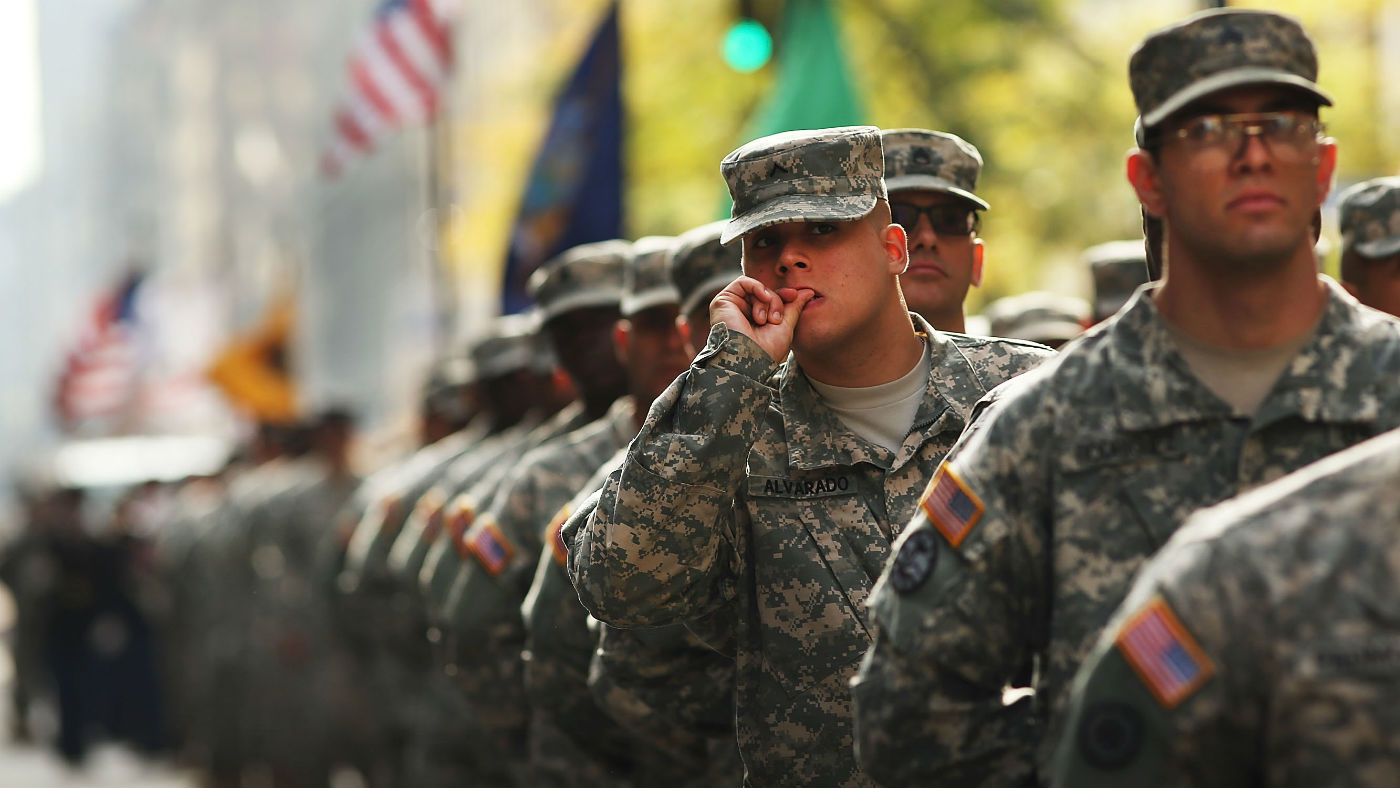 Ecstasy named 'breakthrough therapy' for PTSD
Ecstasy named 'breakthrough therapy' for PTSDSpeed Read MDMA therapy could be rolled out for US Army after successful trial
-
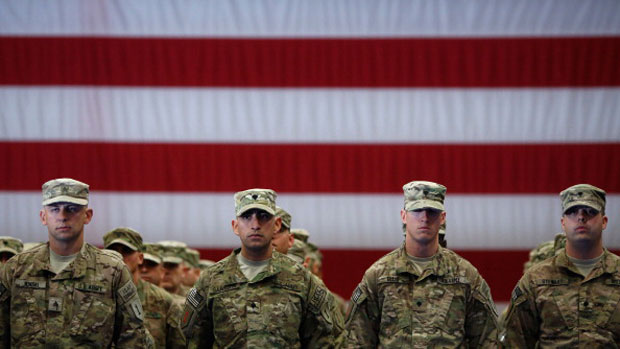 Secret weapon behind Chuck Hagel’s plan to shrink US army
Secret weapon behind Chuck Hagel’s plan to shrink US armyIn Depth It’s oil. Self-sufficient in energy because of shale oil, the US no longer needs to fret about the sheiks


